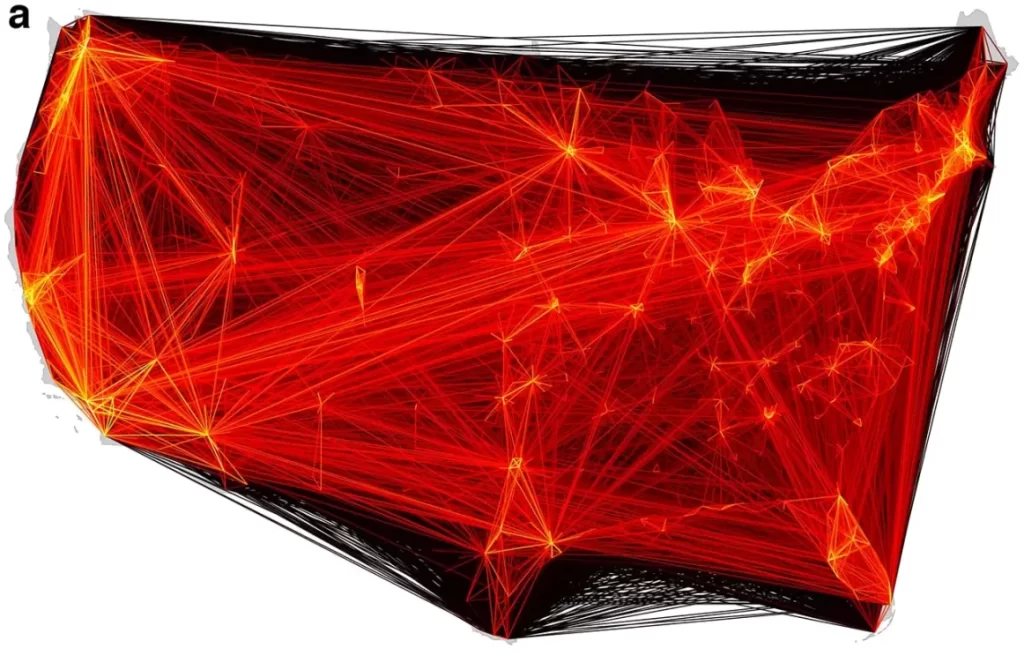Responsible AI vs. Ethical AI: Understanding the Nuances
The concepts of “responsible AI” and “ethical AI” are central to this discourse, and while they often overlap, understanding their distinctions is vital for leveraging AI beneficially and safely.
Responsible AI vs. Ethical AI: Understanding the Nuances Read More »











